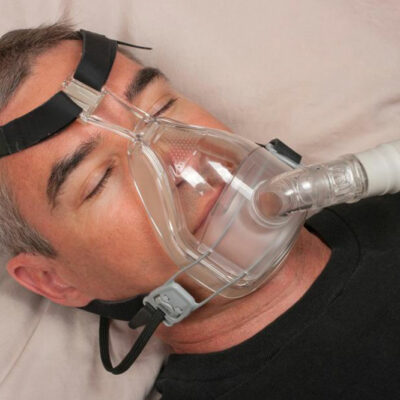
Health
6 Natural Ways to Manage Sleep Apnea
A good night’s sleep rejuvenates, energizes, and keeps you physically healthy. However, sleep disorders can prevent you from getting the recommended hours of sleep that your mind and body require. One such sleeping disorder is sleep apnea. This sleep disorder is quite common and is characterized by sudden pauses in breathing that can last up to 10 seconds. The pauses result in disturbed sleep that in turn affects the quality of sleep and also causes daytime sleepiness or tiredness. While a medical practitioner can suggest a possible treatment option after careful examination, there are some easy ways in which you can improve sleep apnea symptoms on your own. Here are six natural ways to manage sleep apnea. Manage Your Weight Research conducted on a controlled group showed that individuals who undergo lifestyle modifications, especially weight management over a period of time, show less severe sleep apnea symptoms. Thus, if you are overweight, then it is advisable to lose the extra pounds and naturally manage sleep apnea. Revisit Your Sleeping Position One of the natural ways to manage sleep apnea is to make small changes in the way you are sleeping. Elevating your head when you are sleeping can help, which can be done by using pillows.
Read More 











